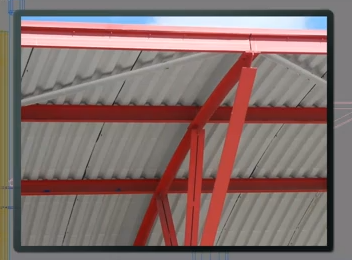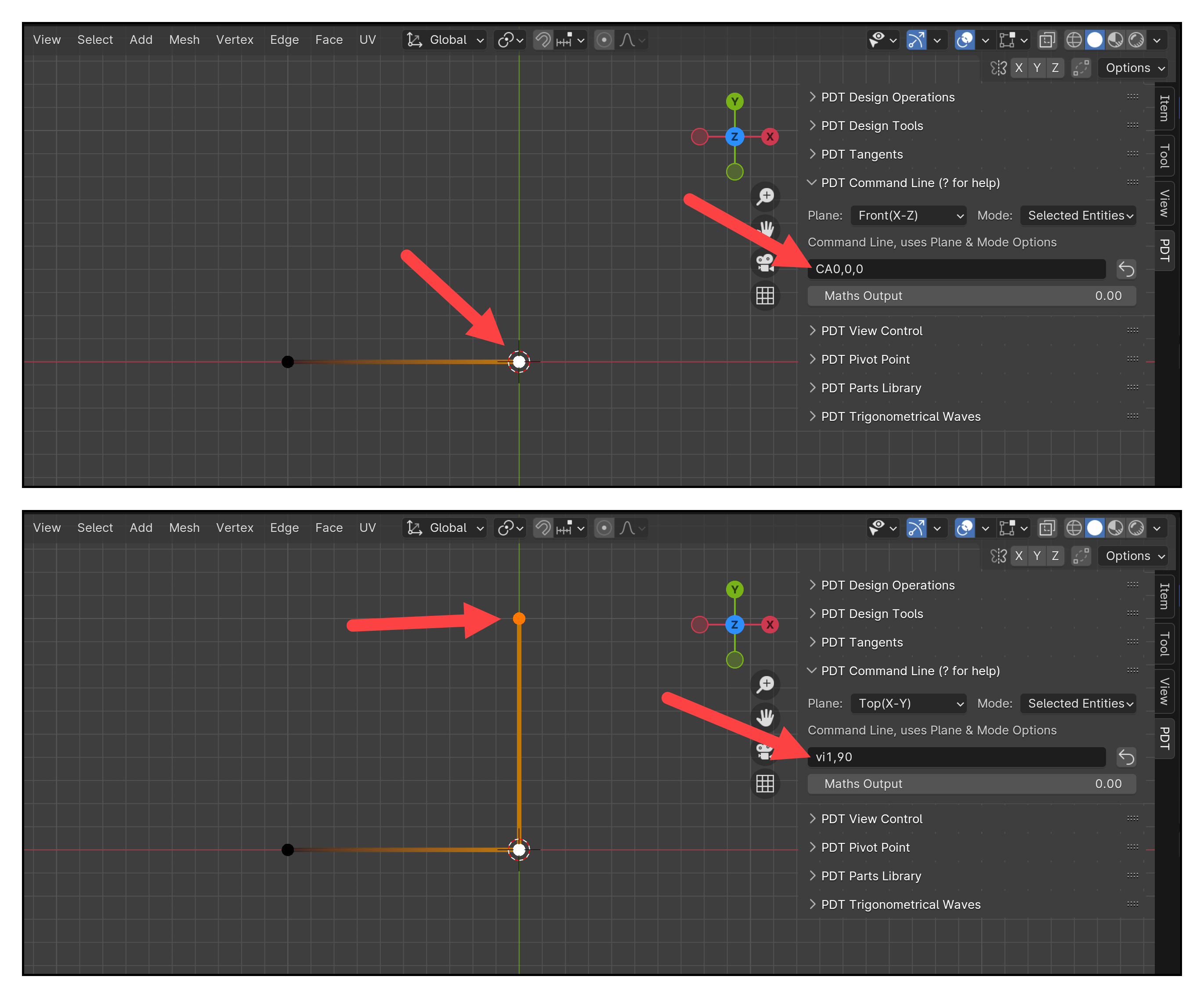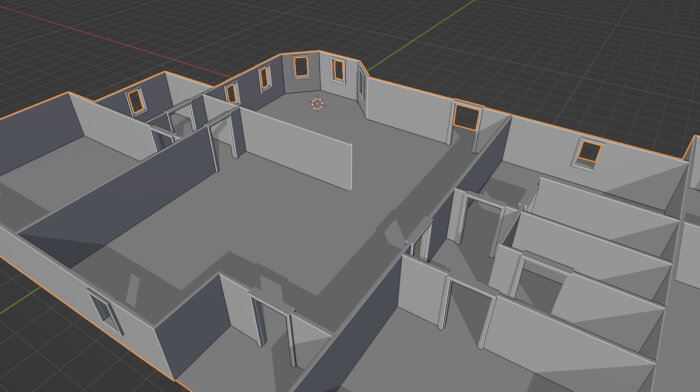
On projects that must show the exterior view of any kind of build, sometimes we have to work on the structures of those buildings and create them in 3d. Earlier this week Autodesk just posted some interesting videos about how to model metal structures for architecture. The videos are all produced with 3ds max in mind, but a lot of the polygon modeling techniques used can be applied to Blender as well. There are three videos that show how to model curve based metals, beams and trusses and curtain walls.
Here are the videos:





